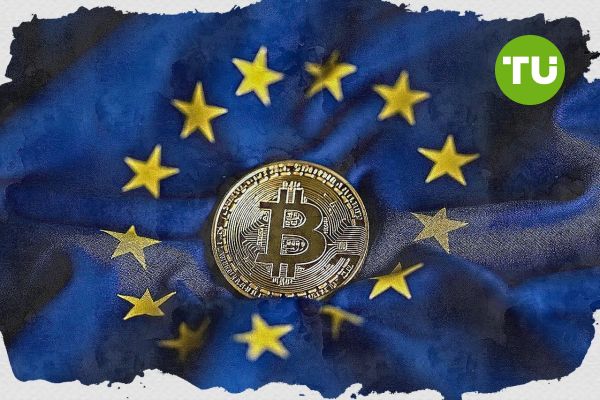EU approves 53 crypto companies after MiCA implementation
 53 crypto firms gain MiCA approval as EU regulation reshapes industry
53 crypto firms gain MiCA approval as EU regulation reshapes industry
Six months after the full implementation of the European Union’s landmark crypto regulation, MiCA, 53 crypto-related entities have received authorization to operate legally across the EU’s 30-country bloc.
This includes 14 licensed stablecoin issuers and 39 MiCA-authorized crypto-asset service providers (CASPs), according to a July 7 update from Patrick Hansen, Director of EU Strategy & Policy at Circle, reports Crypto News.
Major players such as Coinbase, Kraken, Bitstamp, and N26 now benefit from MiCA’s “passporting” rights, enabling them to offer services EU-wide without seeking licenses in each country. The Markets in Crypto-Assets regulation (MiCA), which came into effect on December 30, 2024, represents the world’s first comprehensive legal framework for crypto. It covers licensing, stablecoin issuance, consumer protections, and disclosures, aiming to unify standards across member states and reduce regulatory fragmentation.
Tether, Binance absent as licensed issuers expand
Despite the regulatory momentum, Tether, issuer of the world’s largest stablecoin USDT, has not secured a MiCA license. As a result, platforms including Coinbase and Crypto.com have delisted the token in parts of the EU. Similarly, Binance, which continues to face regulatory pressure globally, remains conspicuously absent from the MiCA-approved list.
On the other hand, Circle, Société Générale-Forge, and Membrane Finance are among the issuers of euro-denominated and USD-backed stablecoins now operating legally under MiCA. Licensed tokens include USDC, EURC, EURe, and USDCV, among others. Notably, the EU has not yet received any applications for asset-referenced tokens (ARTs)—stablecoins backed by baskets of assets—highlighting market disinterest or cost-related barriers under the current legal framework.
Regulatory enforcement and September outlook
As MiCA compliance pressures mount, EU regulators have begun cracking down on non-compliant actors. Over 35 crypto firms have been flagged, with Italy’s CONSOB leading in enforcement actions. Additionally, crypto-focused media in Western Europe has been impacted by algorithmic and policy shifts intended to align with MiCA’s stricter standards.
The next major regulatory checkpoint will come in late September, marking the nine-month milestone. Many businesses are racing to meet MiCA’s stringent disclosure, governance, and capital requirements before then. While the framework has enabled regulatory clarity and smoother market access, it has also intensified compliance costs—reshaping the competitive dynamics of Europe’s crypto industry.
Recently we wrote that Sweden’s Minister of Justice, Gunnar Strömmer, is pushing authorities to make broader use of the country’s recently enacted forfeiture laws, which allow enforcement agencies to seize assets even if criminal activity cannot be definitively proven.













































































































































